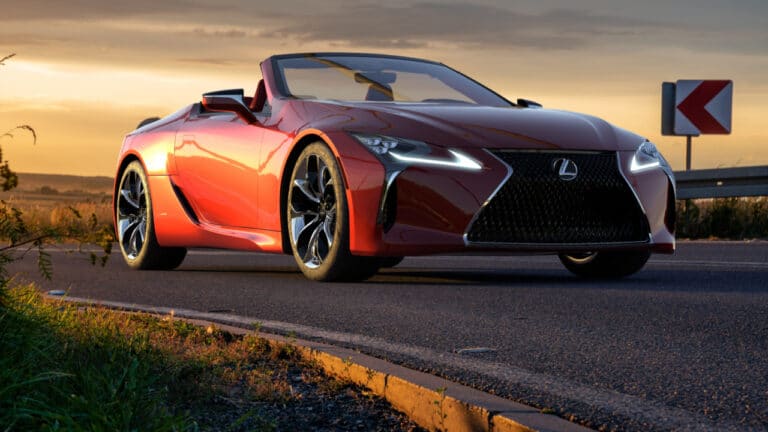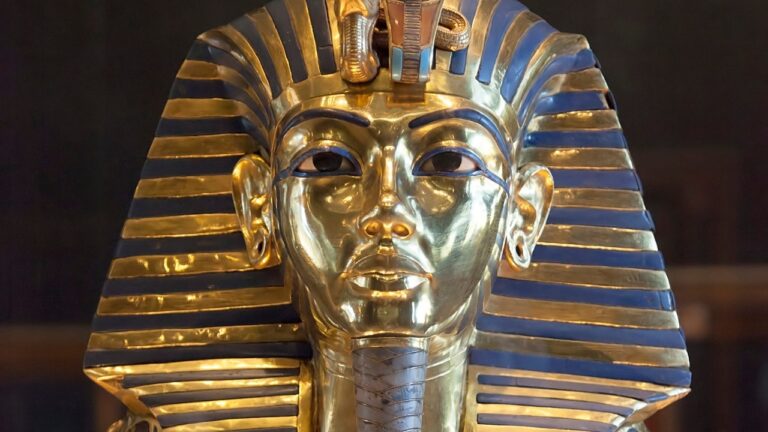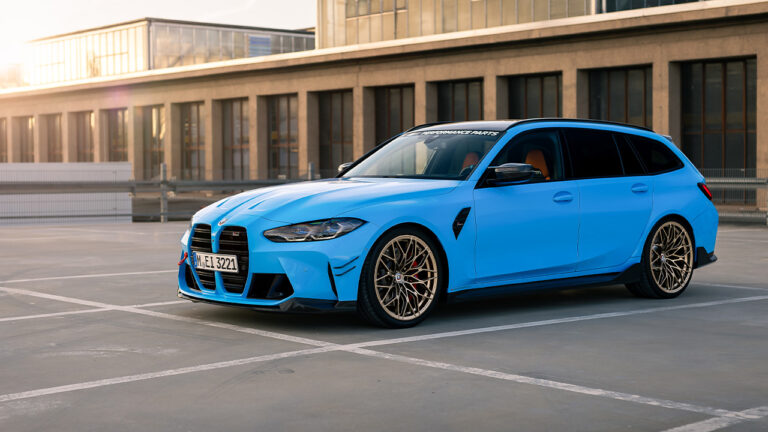13 Awesome Sports Cars That Were Total Game-Changers
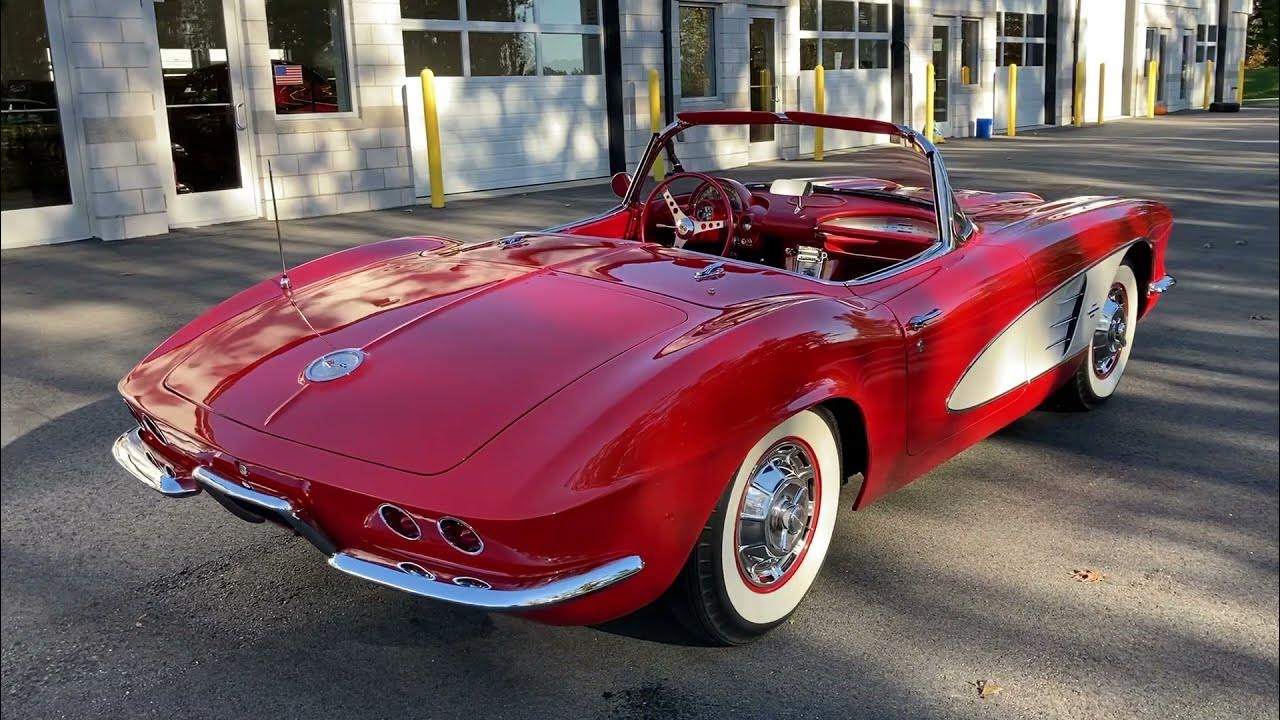
Sports cars are built to be fun, but some do a much better job at it than others, securing them a spot in the automotive hall of fame.
It’s not necessarily about having the most powerful engine and futuristic technology, either, as some of the best sports cars we’ve ever driven were rather basic.
MG TC
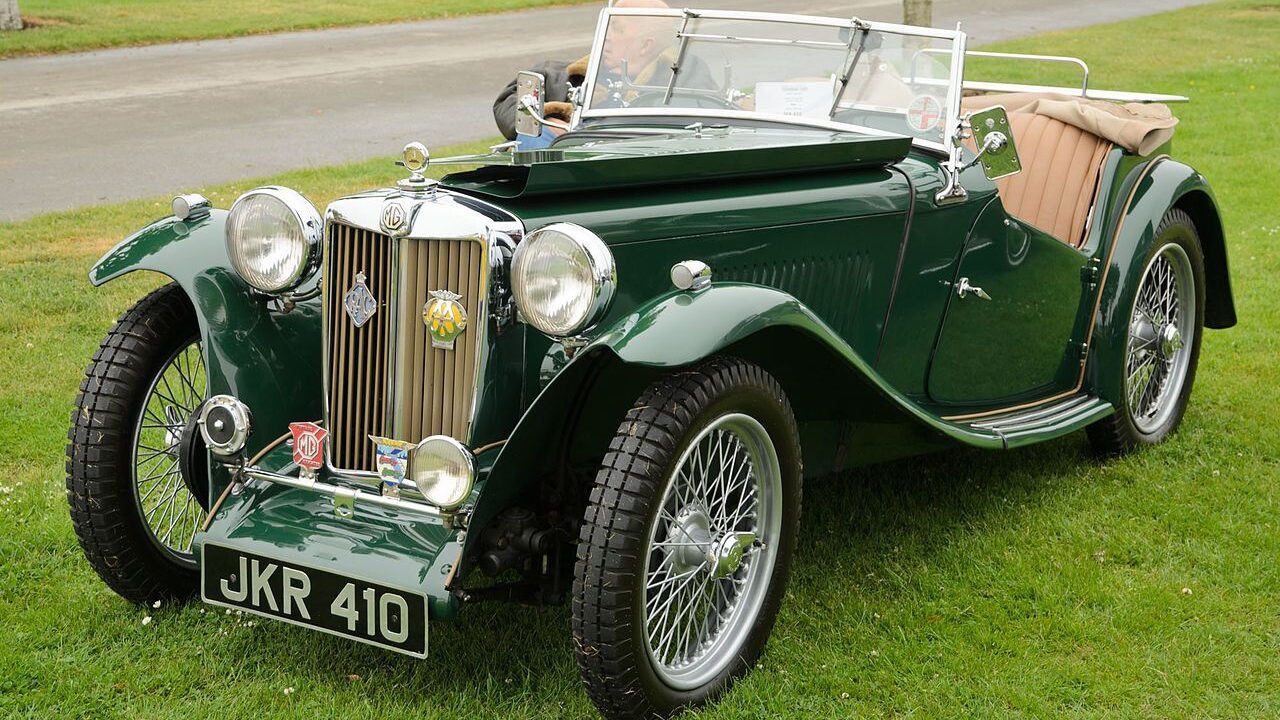
After WWII, American servicemen had some money in their pockets, and they’d caught the sports car bug when stationed overseas. The MG TC Midget didn’t have a politically correct name, but this plucky little Brit played a crucial role in popularizing sports cars in the United States, even though it was only available in right-hand drive configuration.
MG even marketed it as, “The Sports Car Americans Loved First.” Under the hood, the MG TC had a 1.3-liter four-cylinder engine producing 55 hp. It wasn’t powerful, but since it was light and nimble, it was still tons of fun to drive and launched countless racing careers.
Chevrolet Corvette

In 1953, Chevrolet introduced a new sports car to compete with the Europeans — the Corvette. At the time, no one could’ve predicted that it would eventually become one of the world’s most iconic sports cars.
Due to its underwhelming Blue Flame inline-6 engine and 2-speed Powerglide automatic transmission, it received mostly negative reviews and suffered from poor sales. Luckily, instead of retiring it, Chevrolet improved the ‘Vette, creating an American legend, and the rest is, as they say, history.
Mercedes-Benz 300SL Gullwing
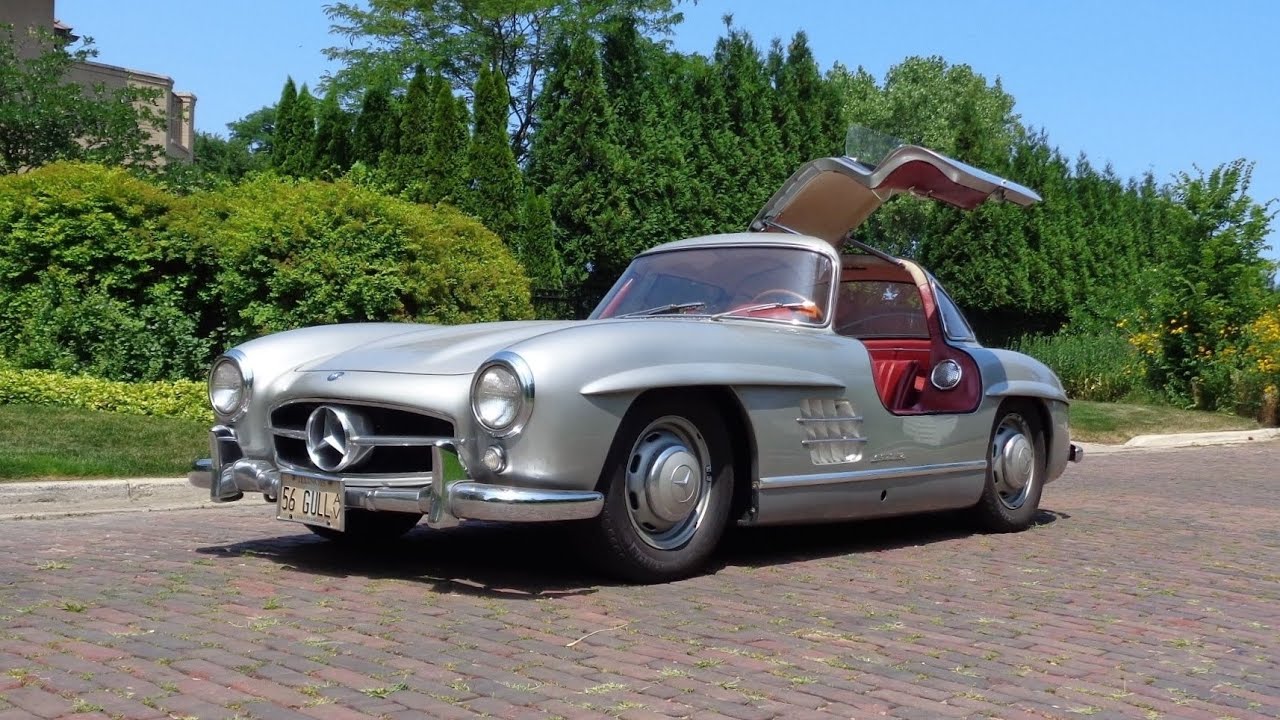
In 1954, Mercedes-Benz launched the 300SL, which is sometimes referred to as the first supercar. Usually, when carmakers claim something is race-derived, it just means there’s some vague connection to their motorsports division, but that’s not the case here; the 300SL was based on a proper race car.
The gullwinged coupe uses a lightweight tubular frame construction and is powered by a fuel-injected 3.0-liter overhead camshaft engine. With 212 hp, it could reach a top speed of 163 mph, making it the world’s fastest production car at the time.
Jaguar E-Type
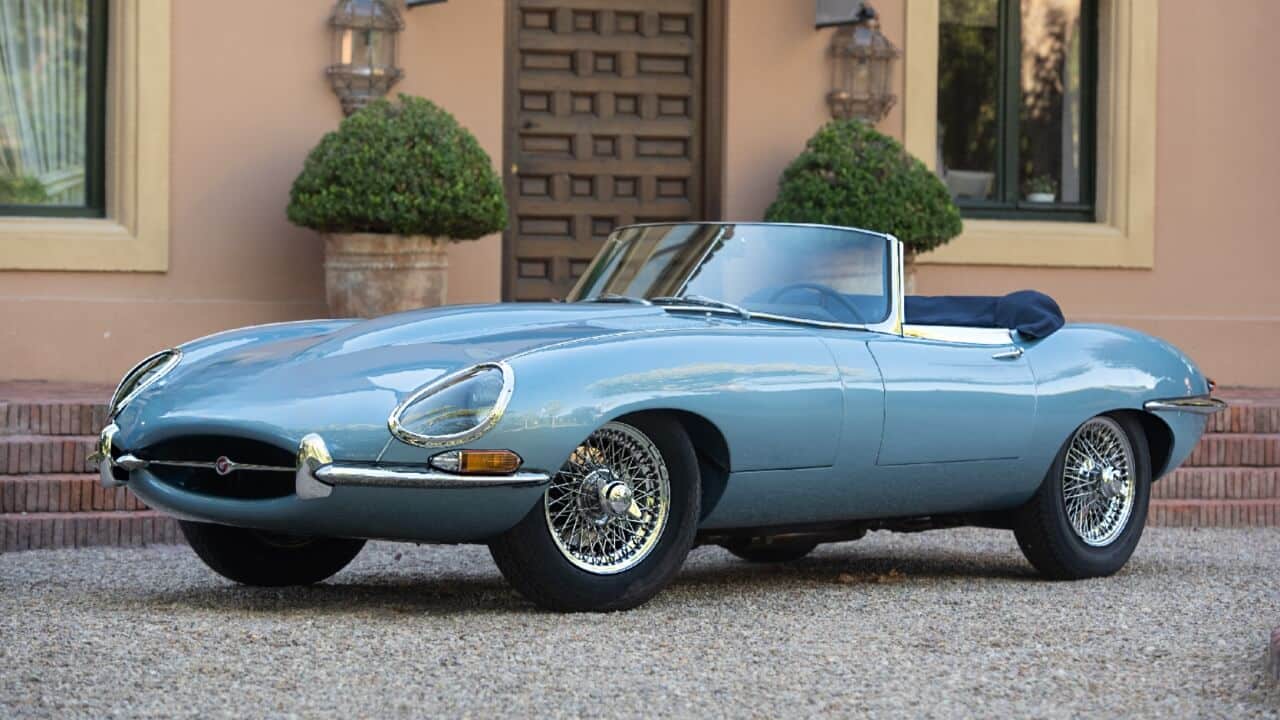
In 1961, Jaguar unveiled the E-Type, or XK-E, as it was called on the North American market. It’s long been established that it’s one of the most beautiful cars ever made, but it’s not just a pretty face — it has plenty of brawn, too.
Hiding under the hood is a 3.8-liter inline-six engine generating 265 British show ponies, enough to send the gorgeous Jag to 60 mph in less than 7 seconds and on to a 150 mph top speed. Thanks to its independent front and rear suspension, it handled exceptionally, and disc brakes brought it to a halt without any drama.
Porsche 911
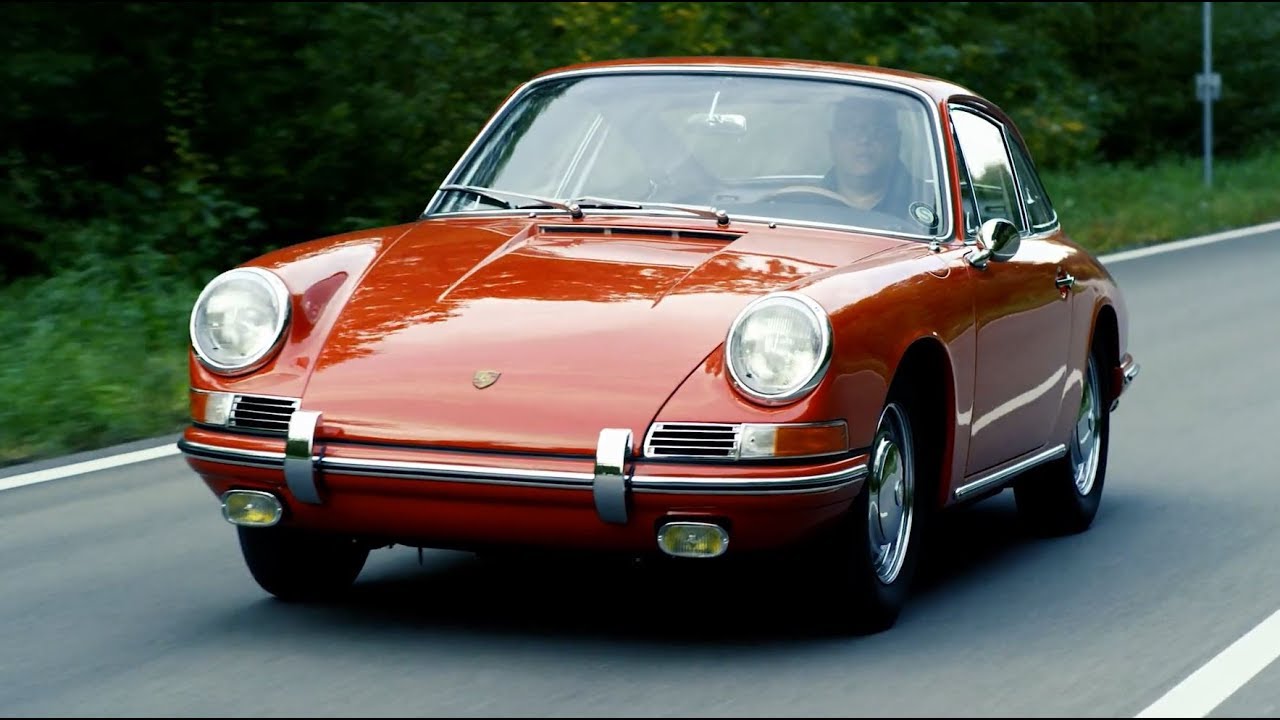
Porsche first introduced the 911 in September 1963, and the now-legendary sports car entered production the following year. It wasn’t actually called 911 at that point, though. The first 82 cars were badged as 901, but Peugeot claimed it had exclusive rights to car names consisting of three numbers with a zero in the middle, so Porsche changed it to 911.
Like its cousin, the VW Beetle, and the Porsche 356 that preceded it, the 911 had a rear-engine layout. A humble 2.0-liter flat-six engine produced 130 hp, making it quick for its time.
Lamborghini Miura

We can imagine the sound of jaws hitting the floor as Lamborghini unveiled the breathtaking Miura in 1966. While it was never intended to be a race car, the stunning mid-engined Lambo looked a lot like the prototype cars that raced at Le Mans. Most automotive enthusiasts agree that it deserves the title as the world’s first mid-engined supercar.
Mounted behind the driver was the Miura’s 3.9-liter V12 engine, generating 345 raging bulls. The Miura left an indelible mark on the sports car segment, as mid-mounted engines would soon become the standard for supercars.
Datsun 240Z
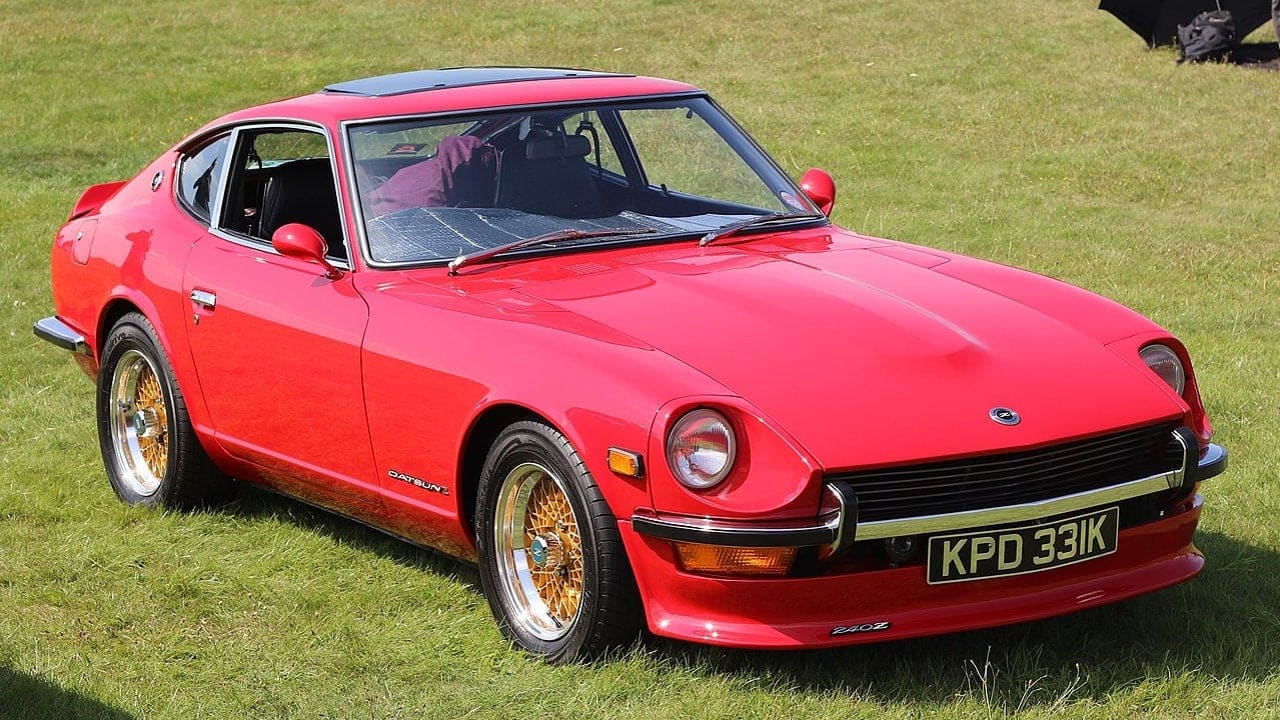
The 240Z wasn’t Datsun first attempt at making a sports car, however, it was the first Japanese sports car to find mainstream success in the States, and it broadened the acceptance of Japanese vehicles beyond basic economy models.
It looked a bit like the Jaguar E-Type but offered vastly improved reliability at a far cheaper price than the stunning Brit. By 1973, nearly 150,000 Z cars were sold in the States alone. The 240Z was never a ground-breaking car in terms of technology, but it was much more than the sum of its parts. It was a blend of Japanese reliability and affordability, attractive design, and excellent driving dynamics — a combination so good, it forced the competition to improve.
Ferrari F40
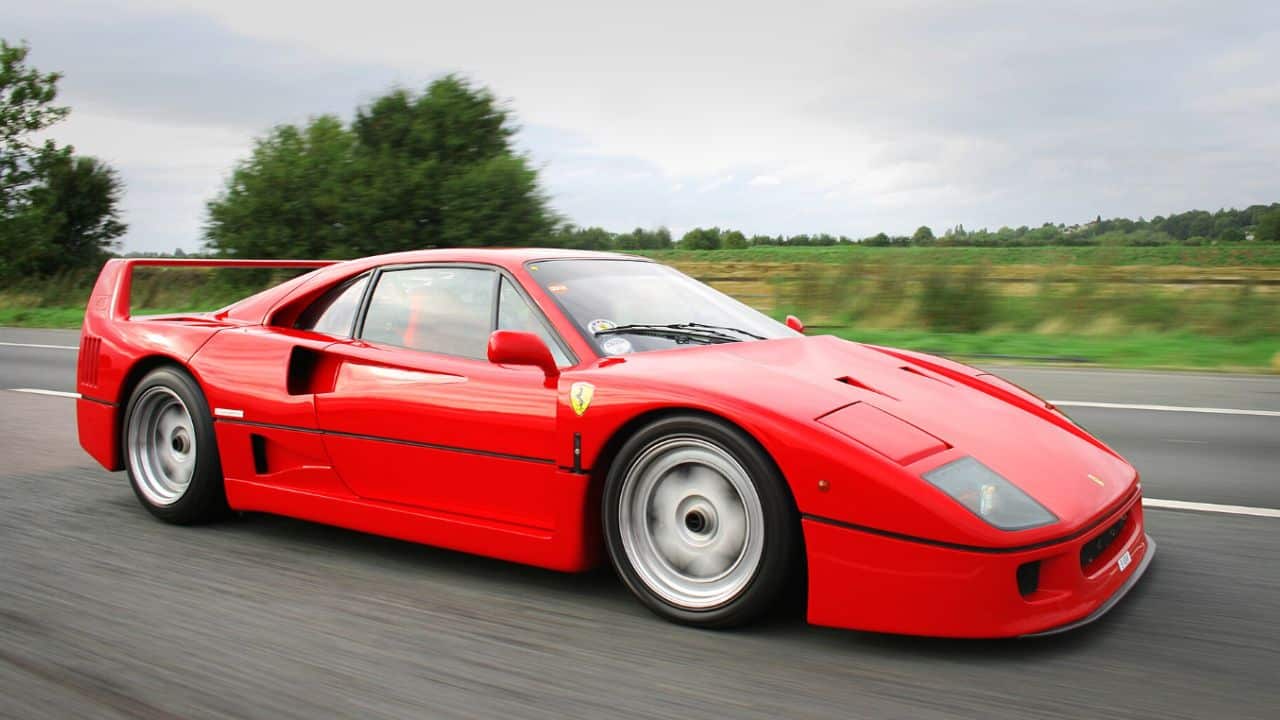
In 1987, Ferrari celebrated its 40th anniversary in the coolest possible way — by building the legendary F40, the last Ferrari road car approved and overseen by Enzo himself.
It was an evolution of the Ferrari 288 GTO, but with a larger engine, measuring 2,936cc and producing 471 hp. The F40’s body was made from kevlar, carbon fiber, and aluminum to save weight, and the car cemented its place in history as the first road-legal vehicle to smash through the 200 mph barrier.
Mazda Miata

Released in 1989, the Mazda Miata combined all the best features of classic British roadsters with modern Japanese reliability. This formula proved so popular that the Miata soon became the world’s best-selling open-top two-seater.
Early cars had a 1.6-liter four-cylinder engine churning out 116 hp, but real fans know the Miata was never about power; it was designed to be a fun car for driving enthusiasts.
Honda / Acura NSX
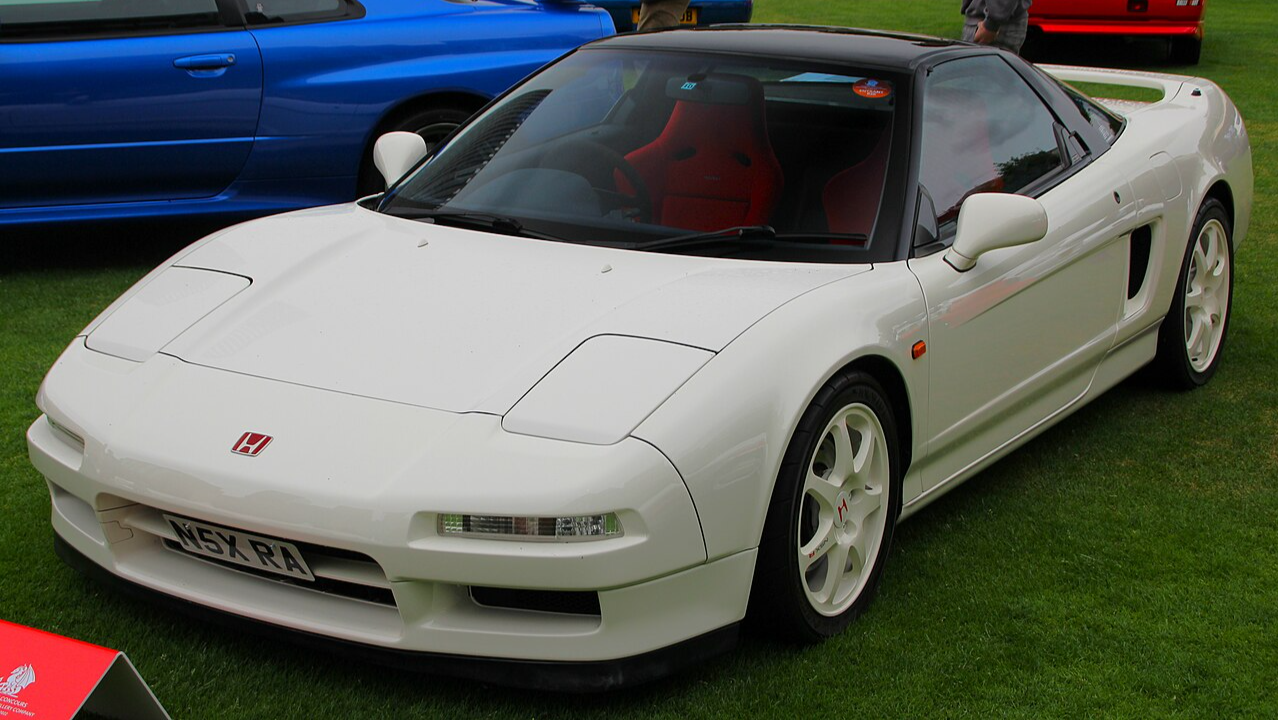
Honda/Acura changed the entire supercar game when it launched the original NSX in 1990. Up until now, supercars had been difficult to drive and cumbersome to own, but the NSX was as easy to own, drive, and maintain as a run-off-the-mill Accord.
Making the competition appear agricultural, you’d think gearheads were all over the NSX, but it was always somewhat overlooked until production ended. Today, the NSX is highly sought-after and costs an arm and a leg.
McLaren F1
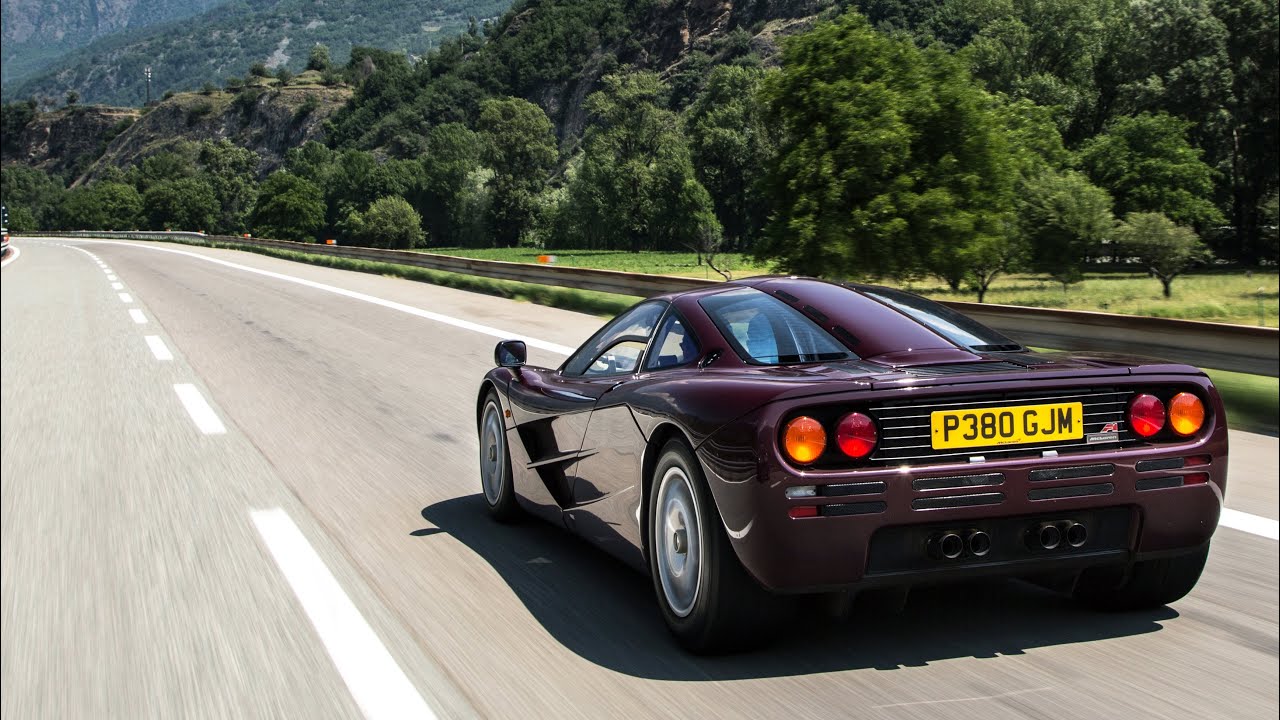
Gordon Murray was actually inspired by the NSX’s impeccable handling when he designed the McLaren F1, but he clearly wanted more power.
The McLaren F1 was one of the most technologically advanced supercars of the 1990s, and thanks to a BMW V12 engine, it packed a serious punch as well. In fact, it eventually became the world’s fastest production car and is still the fastest naturally aspirated car ever made.
Bugatti Veyron
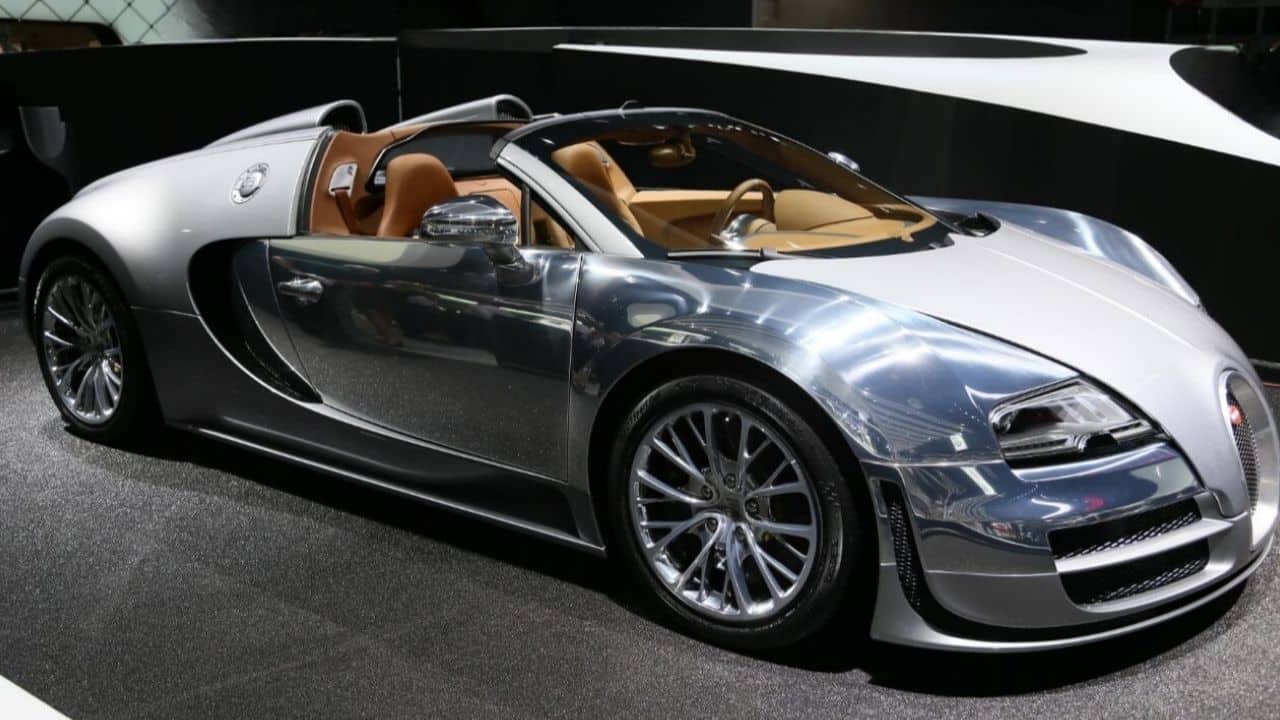
These days, people don’t even bat an eyelid when 1,000-hp cars are mentioned, but that wasn’t the case when Bugatti first introduced the Veyron. Power like that was unheard of until the Bugatti Veyron EB 16.4 and its 987-hp mid-mounted, quad-turbo, 8.0-liter, W16 engine arrived.
In its “standard” guise, the Veyron topped out at 253 mph, but the Super Sport version marched on to a ridiculous 267.86 mph. From here on, obscure boutique brands have one-upped each other for the bragging rights that come with making the world’s fastest and most powerful car.

